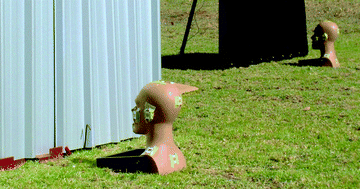Measuring the influence of UV reflection from vertical metal surfaces on humans
Abstract
Erythemal UV exposure for individuals involved in outside activities are affected according to surrounding structures in an urban environment. Occupational UV exposure is likely to increase by the effects of surrounding structures. UV reflections from surrounding structures, in this case vertical metal walls, were investigated for their influence on erythemal UV exposure in the southern hemisphere. Multiple dosimeters were placed at specific features on head forms, for three different vertical wall conditions, measured at hourly intervals, providing a more detailed representation of the effect of nearby (north facing) reflective wall, non-reflective wall and no wall on UV exposure for a construction worker facing the wall direction. Two types of metal sheeting walls were investigated, with the first type (shiny and smooth in appearance) showing results that indicate the UV reflectance from this surface can increase the average erythemal UV exposure by at least 20% and up to an average of 50% for certain facial positions, compared to no wall and up to 300% compared to a non-reflective wall. A second metal sheeting type coated with colour, does not show as much influence on UV exposure for larger solar zenith angles compared to the first type of metal sheeting, but for smaller solar zenith angles provides an influence that approaches similar erythemal UV exposure to that when no wall is present. The time to reach the exposure limits defined by regulatory bodies for occupational UV exposure can be decreased if the first type of metal sheeting is in proximity to an outdoor worker. The


 Please wait while we load your content...
Please wait while we load your content...